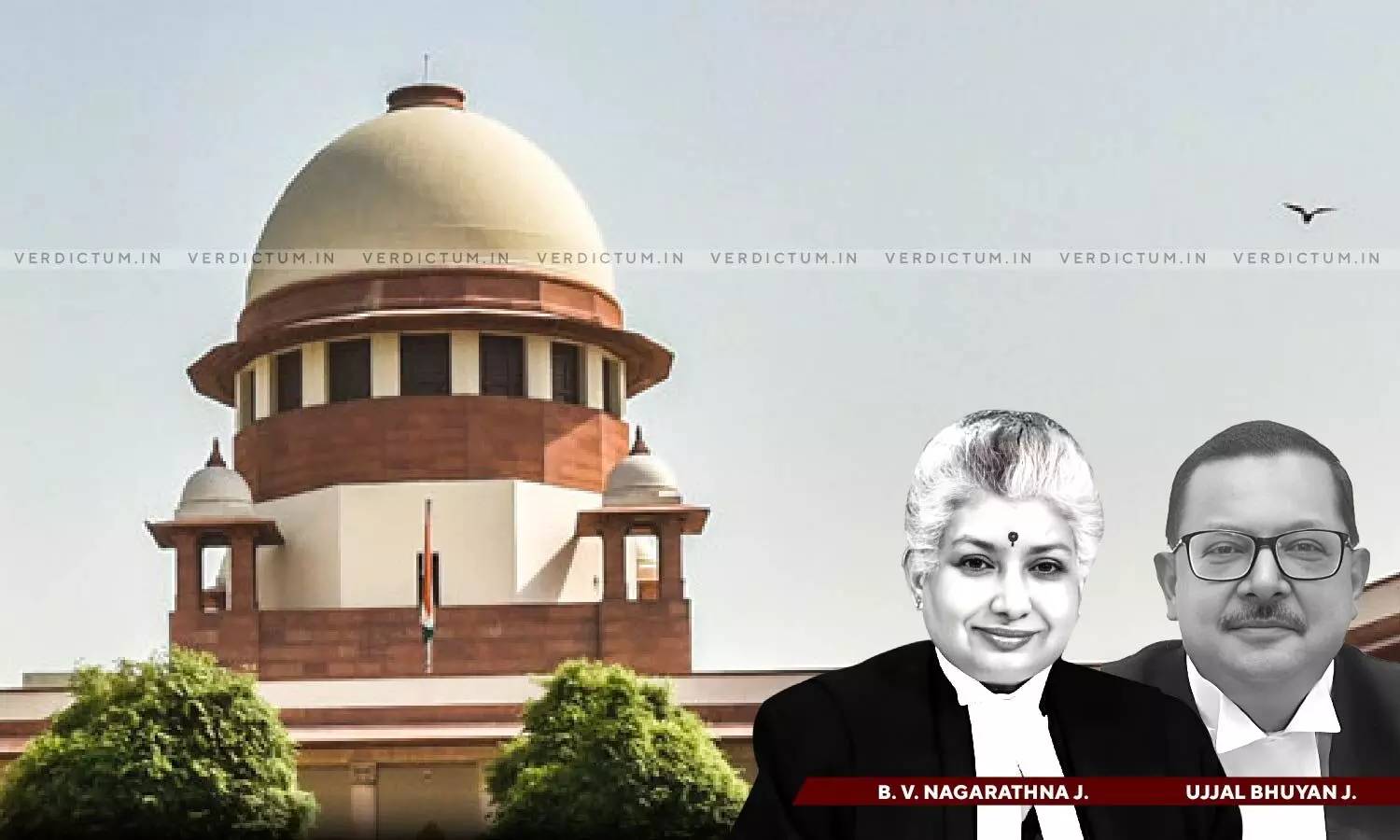
Variable Annual Licence Fee Paid To DoT Under New Telecom Policy Of 1999 Is Capital In Nature And May Be Amortized U/s. 35ABB Of IT Act: Supreme Court
 |
|While allowing Revenue’s appeals against Telecom companies (Assessees), the Supreme Court held that the annual variable licence fee paid to the Government on revenue sharing basis under the Telecom Policy of 1999 (1999 Policy) is capital in nature.
The Supreme Court held that the Delhi High Court was not right in apportioning the expenditure incurred towards establishing, operating and maintaining telecom services, as partly revenue and partly capital by dividing the licence fee into two periods, that is, before and after 31 July, 1999 and accordingly held that the licence fee paid or payable for the period upto 31 July 1999 i.e. the date set out in the Policy of 1999 should be treated as capital and the balance amount payable on or after the said date should be treated as revenue.
The two-judge Bench comprising Justice B.V. Nagarathna and Justice Ujjal Bhuyan observed that “the payment of entry fee as well as the variable annual licence fee paid by the respondents-assessees to the DoT under the Policy of 1999 are capital in nature and may be amortized in accordance with Section 35ABB of the Act”.
The Bench further added that “the nomenclature and the manner of payment is irrelevant. The payment post 31 July, 1999 is a continuation of the payment pre-31 July, 1999 albeit in an altered format which does not take away the essence of the payment. It is a mandatory payment traceable to the foundational document i.e., the license agreement as modified post migration to the 1999 policy. Consequence of non-payment would result in ouster of the licensee from the trade. Thus, this is a payment which is intrinsic to the existence of the licence as well as trade itself. Such a payment has to be treated or characterized as capital only”.
ASG N. Venkataraman & Senior Advocate Arijit Prasad appeared for the Revenue while the Assessees were represented by Senior Advocates Arvind P. Datar, Ajay Vohra, Advocate Sachit Jolly along with AORs Kavita Jha & Harpreet Singh Ajmani.
The Bench observed that payment after migration from the old policy was a continuation of the payment made under the prior policy albeit in an altered format which did not take away the essence of the payment.
Accordingly, the Bench pointed that what is relevant is the nature of the original obligation and whether the subsequent payment made in instalments relates to or has a nexus with such original obligation or not.
“Where the subsequent payments, are towards a purpose which is identifiably distinct from the original obligation of the assessee, the same would constitute revenue expenditure. However, where each of the successive instalments relate to the same obligation or purpose, the cumulative expenditure would be capital in nature”, added the Bench.
The Bench clarified that it is not necessary that in all cases, once and for all payment would result in an enduring benefit, nor it is a firm rule that periodical payment would not carry with it an enduring benefit.
The Apex Court observed that under 1999 Policy, “(i) the licencee was required to pay a one-time entry fee and additionally, a licence fee on a percentage of Annual Gross Revenue (AGR), (ii) the migration from 1994 Policy was allowed if the entire policy was accepted as a package and consequently, all legal proceedings and disputes relating to the period Jul 31, 1999 were closed, (iii) on migration, all licence fee paid upto Jul 31, 1999 was declared as a one-time licence fee which was treated to be a capital expenditure and (iv) the right so granted was nontransferable and non-assignable”.
The Apex Court went on to illustrate that mere payment of an amount in instalments does not convert or change a capital payment into a revenue payment, and similarly, lumpsum payment can represent revenue expenditure if it is incurred for acquiring circulating capital though payment is made once and for all.
Likewise, “payment made in instalments can be for acquiring a capital asset, the price of which is paid over a period of time. Therefore, what is relevant is the nature of the original obligation and whether the subsequent payment made in instalments relates to or has a nexus with such original obligation or not”, added the Court.
Therefore, the Apex Court concluded that the payment to be intrinsic to the existence of the licence as well as trade itself which can be characterized as capital only.
Cause Title: CIT, Delhi v. Bharti Hexacom [Neutral Citation: 2023 INSC 917]
Click here to read/ download the Judgment